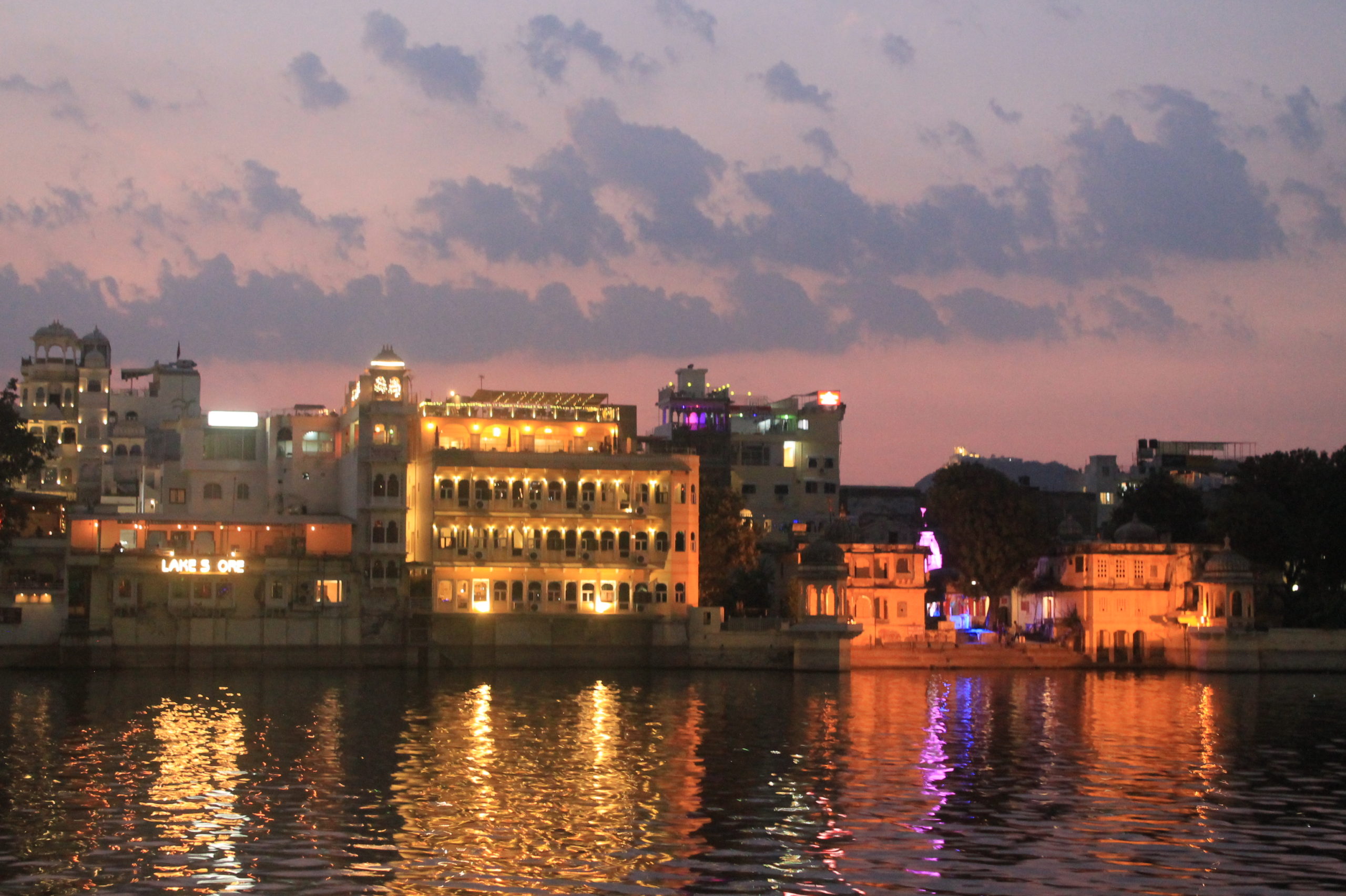Udaipur, the crown jewel of Rajasthan, is home to the blue blood and the red. Palaces, thrones, lakes and a heritage that dates back hundreds of years serenade tourists from around the world.
This heritage gave birth to an art-form industry that battles a war on two fronts now—the dying oeuvre and the pandemic.
The neighbourhoods have lost their bustling charm and foreign tourists. The streets have fallen silent as shop owners while their time away, trying to embrace the ‘new normal’.
With very few customers to attend to, all you hear is the chatter of the shopkeepers.
Some sit at the dimly lit shop-counters, lost in their mobile phones.
They look up every few minutes, eyeing the body language of passersby, hoping to make a sale.If onlookers return that
hope with disinterest, the shopkeepers turn their attention back to the video on their phones, which they didn’t bother to pause in the first place.
“We just sit idle outside our shops. It is timepass,” said Ishwar Sahu, a salesman at a handicraft store that sells leather bags.
This year, he sold products worth ₹2000 daily between October and February, down from an average of ₹50,000 a day
during the peak festive season in any other year.
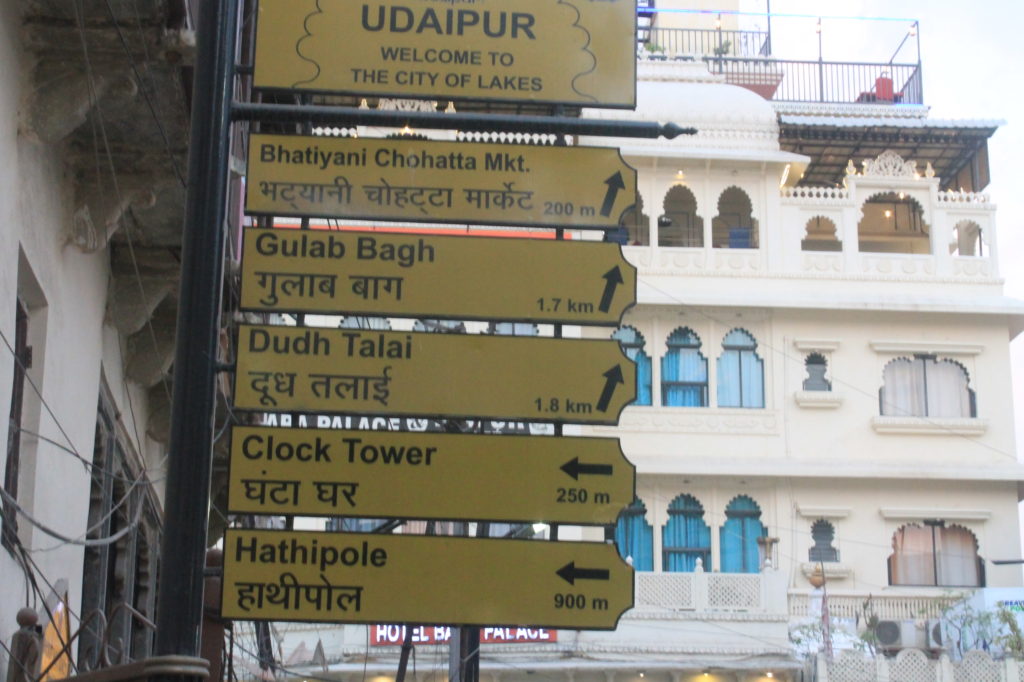
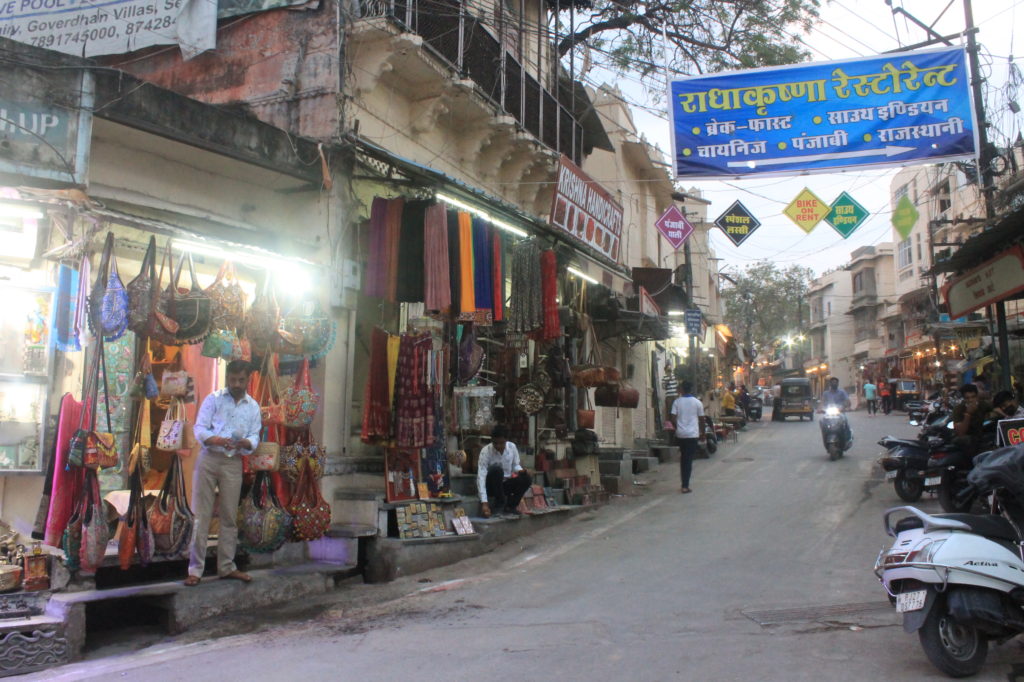
Local businesses have suffered due to pandemic 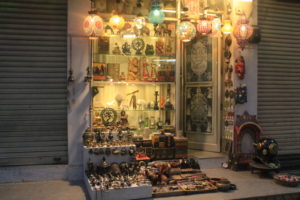
Handricraft and antique sellers had no business in the pandemic. 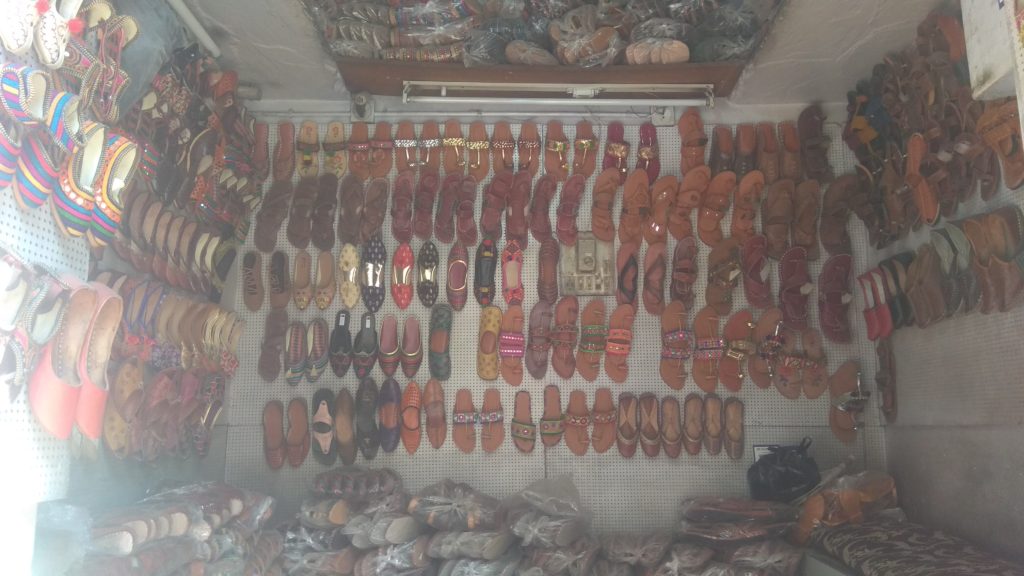
Kishore Khaturia, a mojari seller, did not receive rent or electricity waivers |Malvika Maloo
Embroidered handbags with laces and small glass mirrors, and mannequins donning leheriya and bandhej gather dust. These bright tie and dye handicraft dresses are losing their colours, and by extension their saleability. A few fungi-infected pieces are left aside, useless.
“Everybody has empty pockets,” said Kishore Khaturia as he hailed out to people passing by. The 59-year old sells mojari, traditional Rajasthani footwear. His landlord asked him to vacate the premises when he requested a lower
rent. “None of them show mercy on us,” said Khaturia. It has been a year since India imposed a nation-wide lockdown.
Even after a major chunk of the economy is slowly getting back on its feet, the tourism industry remains largely immobile.
With bans on travel visas, foreign travellers who visited popular tourist spots dropped to 50,000 in 2020 from 2 lakh in
2019, according to data from Rajasthan Tourism. While 10 lakh domestic tourists visited the spots in 2019, only a third
visited in 2020.
The small-scale handicraft industries particularly suffered due to curbs on travel.
While domestic tourists have resumed travel from neighbouring states like Gujarat, Delhi and Madhya Pradesh, only restaurants are expected to recover.
“We are connected with an artform that is appreciated only by foreigners,” said Sanju Soni, a miniature artist. Indians do not spend much on these paintings, he added. Ironically, these paintings depict mythological legends that Indians revere.
Indians are ignorant and not much exposed to art-appreciation, said Sunil Murthy, an art dealer who sells folk art and collectables all over Asia. “A myriad of traditional crafts have gone for good,” he added.

